Each year Continuums of Care (CoCs) across the United States conduct the HUD Point-in-Time (PIT) count, a nationwide effort focused on gathering data on homelessness. The primary goals of the PIT count are to estimate the total number of individuals experiencing homelessness and gain insights into their demographics and living conditions to inform policies and programs addressing homelessness.
The PIT count consists of two main components: the Sheltered Homeless Census and the Unsheltered Homeless Census. The Sheltered Homeless Census focuses on quantifying the number of individuals residing in emergency shelters, safe havens, or transitional housing on the night of the count. The Unsheltered Homeless Census aims to enumerate individuals who are experiencing homelessness and are living in places not intended for habitation, such as on the streets, in vehicles, or other unsheltered locations. Both components are necessary in order to capture individuals who access shelter services and those who do not.
The annual PIT Count is an important data source that can be used by communities to assess homelessness trends and inform policy and funding decisions but it has a number of limitations and is widely acknowledged as not capturing the full extent of homelessness in the United States. For this reason CoCs supplement PIT data with other data sources to gain a more comprehensive understanding of homelessness. Locally, One Number data, which is updated monthly, is a key data source that is utilized to better understand the current state of homelessness in Mecklenburg County.
A previous blog post provided in an in-depth description of the limitations of the PIT count and data from the 2023 Unsheltered Homeless Census. This blog focuses on the 2023 Sheltered Homeless Census and the community’s One Number.

